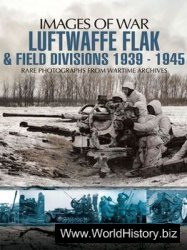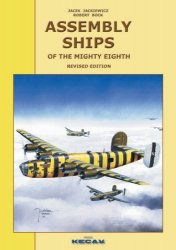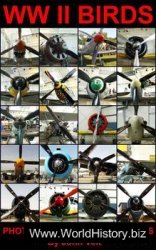It was a time of great painters, noted for subtle landscapes influenced by Zen Buddhism. Among these was the emperor Hui Tsung (hwee-DZUNG; ruled 1100-25), who formed the alliance with the Juchen; certainly he was a better artist than an administrator. This era also witnessed advances in distinctively Chinese arts such as porcelain-making and calligraphy (kuh-LIG-ruh-fee), the art of lettering.
Sung China produced several notable writers as well, among them the philosopher Chu Hsi (ju-SHEE; 1130-1200), who like Han Yu helped to reinvigorate Confucian teachings. He became a leader in the movement called Neo-Confucianism (neo means "new"), and Chu Hsi's philosophical writings became required reading for generations of civil service applicants.
Also during the Sung era, the historian Ssu-ma Kuang (su-mah-GWAHNG, 1019-1086) wrote the Comprehensive Mirror for Aid in Chinese Government, which is one of the most important works of Chinese historical scholarship. Writers of the Sung dynasty also included a woman, the poetess Li Ch'ing-chao (1081-c. 1141). Thus the Sung era produced one of premodern China's few notable women other than imperial wives and concubines; but the Sung also introduced a practice that became a symbol of male domination (see box, "Women and Foot-Binding").
An explosion in scientific knowledge accompanied an economic boom. On the high seas, the development of the magnetic compass made navigation at sea much easier, and along with improvements in shipbuilding, enabled the Sung to send ships called junks on merchant voyages. The larger Sung junks could hold up to six hundred sailors, along with cargo.
Tea and cotton emerged as major exports, and a newly developed rice strain, along with advanced agricultural techniques, enhanced the yield from China's farming lands. China also sold a variety of manufactured goods, including books and porcelain, while steel production and mining grew dramatically.
In this vibrant economy, banks and paper money—one of Sung China's most notable contributions— made their appearance, and the development of movable-type printing aided the spread of information. Instead of carving out a whole block of wood, a printer assembled pre-cast pieces of clay type (later they used wood), each of which stood for a character in the Chinese language. Ultimately, however, the peculiarities of Chinese would encourage the use of block printing over movable type. It is easy enough to store and use pieces of type when a language has a twenty-six-letter alphabet, as English does; but Chinese has some 30,000 characters or symbols, meaning that printing by movable type was extremely slow.




 World History
World History









